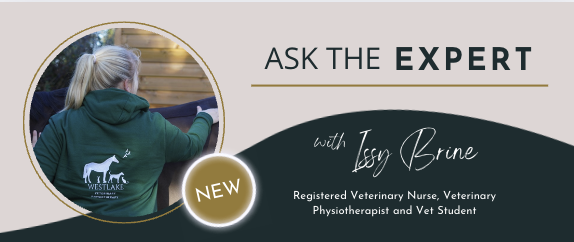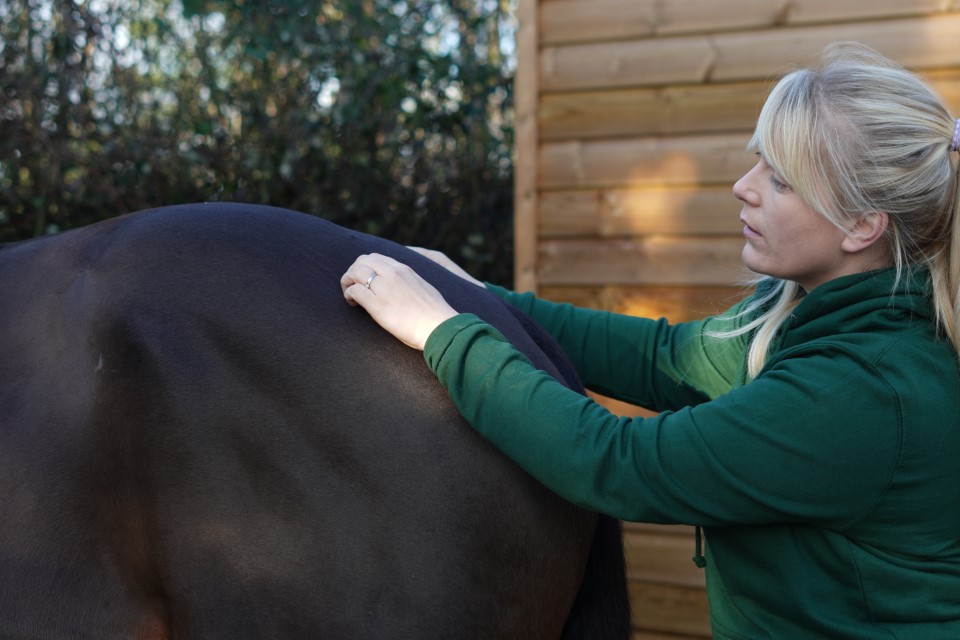Ask The Expert – Issy Brine (Registered Veterinary Nurse, Veterinary Physiotherapist and Vet Student)

I feel incredibly lucky to have turned my passion for horses, anatomy, and equestrian performance into my dream job as a Veterinary Physiotherapist. This career has deepened my understanding of what horses truly need to stay strong, comfortable, and capable throughout their working lives. We ask a lot from these incredible animals, and it’s our responsibility to support them properly. That’s why I’m now also training to become a vet—to expand my knowledge even further and continue learning every day.
When I talk to horse owners, one of the most common things I hear is that they see a therapist once or twice a year. While this can be appropriate in some cases, the most important part of any treatment plan happens in between those visits. One of my favourite sayings is, “the end of the treatment is only the beginning of the story.” That’s when the real work starts—helping horses build strength, overcome weaknesses, and perform at their best.
It’s completely normal for owners to feel unsure about where to start once I’ve left the yard. Even with demonstrations and guidance, it can be tricky to incorporate new exercises into an already busy routine. That’s why I always encourage people to start small and build gradually. Trying to do everything at once can be overwhelming, and this work is about long-term, sustainable progress.
I tailor exercises to each horse individually, adapting as needed. If a horse finds something hard, that’s okay and that’s why we’re doing it. And if something doesn’t suit your horse, ask your therapist for help or an alternative exercise.
Some of the most common exercises I prescribe include:
- Baited stretches
- Wither rocking
- Lateral tail pulls
- Belly lifts
- Pelvic tilts
- And, of course, pole work!
Pole work is a true hero of strength and conditioning. Even with limited equipment or space, just a few raised poles can be hugely effective. I often use pole work as a warm-up or cool down in my own horse’s routine, especially when he’s in full competition work—it’s an easy way to fit it in without taking away from the “fun stuff” (although I think it’s fun too!).
For horses in full work or rehab, I typically see clients every 6–8 weeks, but it depends on individual needs and can be as often as every 1-2 weeks or monthly. It can be helpful to use a calendar or diary to plan out weekly routines, making sure strength and conditioning becomes part of your horse’s everyday routine.
Remember—Prehab, not Rehab. Investing in maintaining overall strength and conditioning early on will support your horse through their whole life, right into their golden years.

